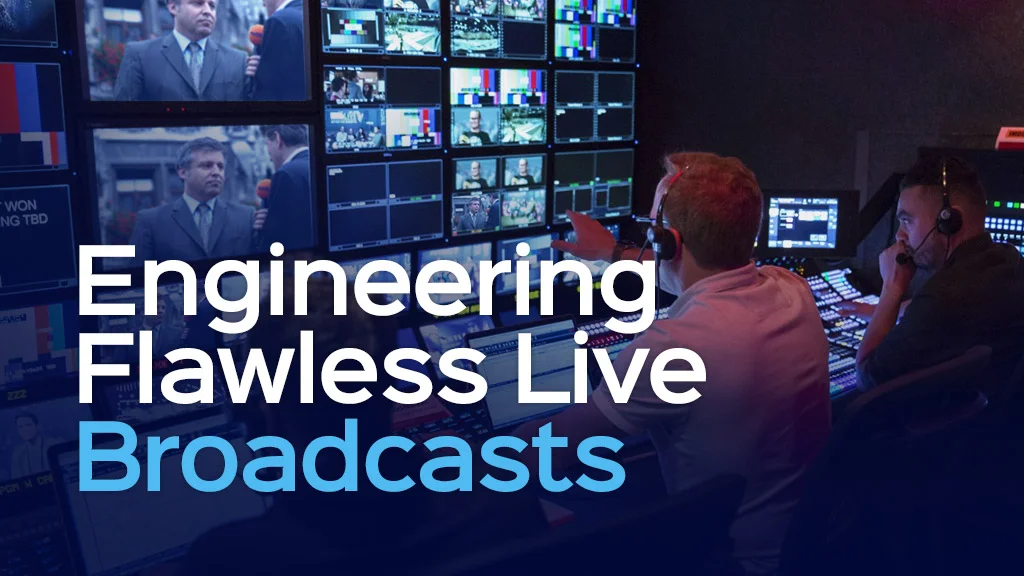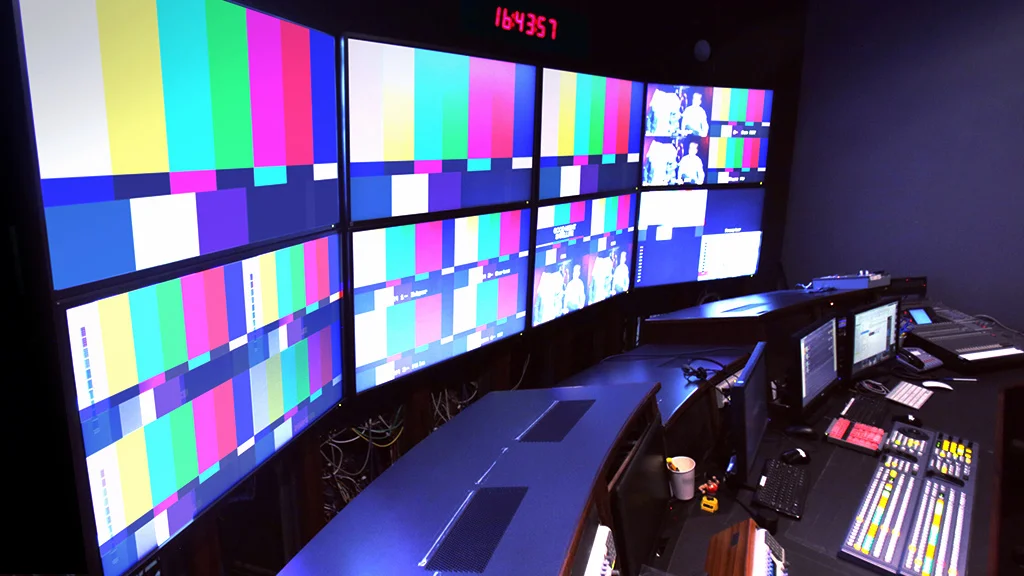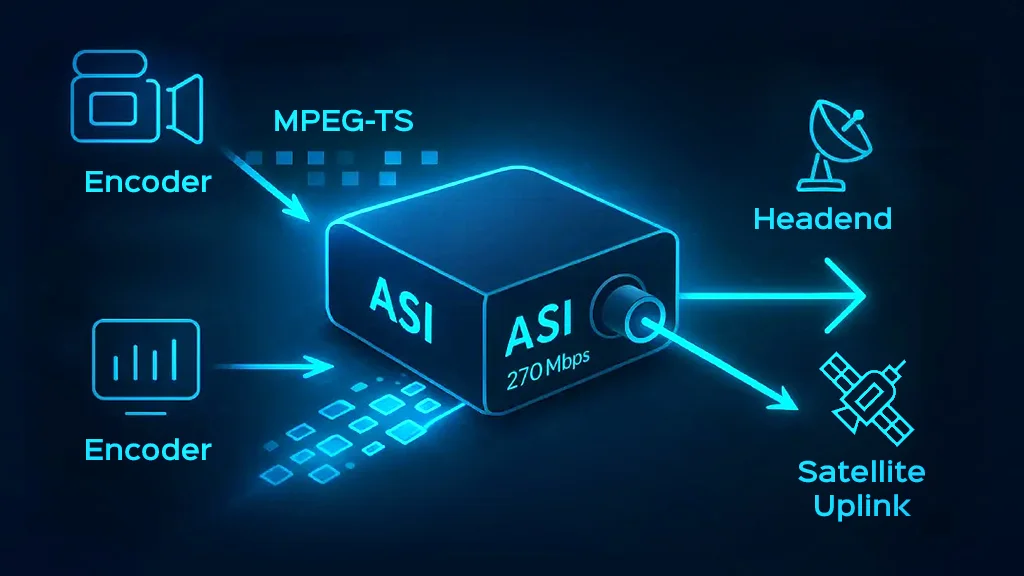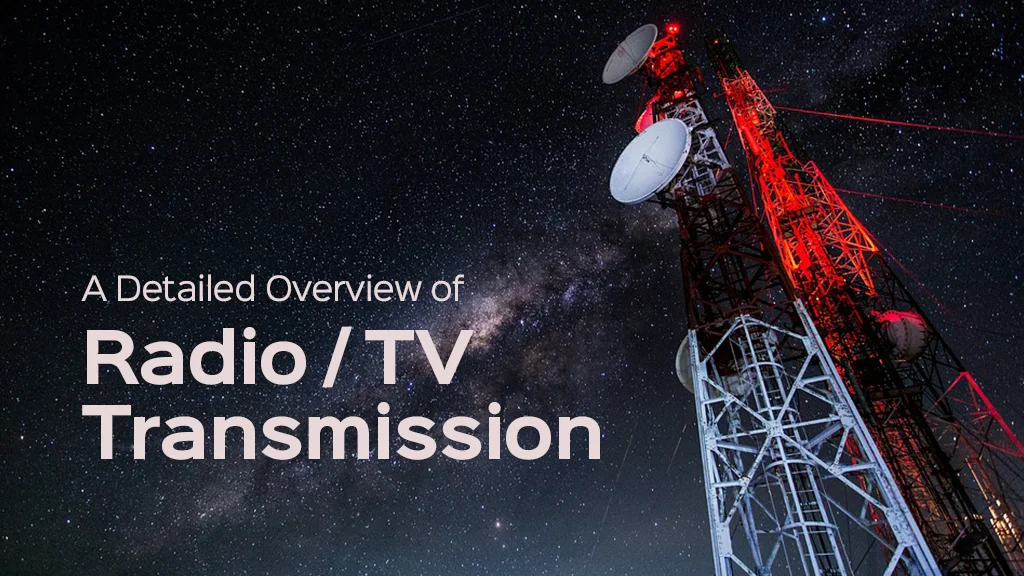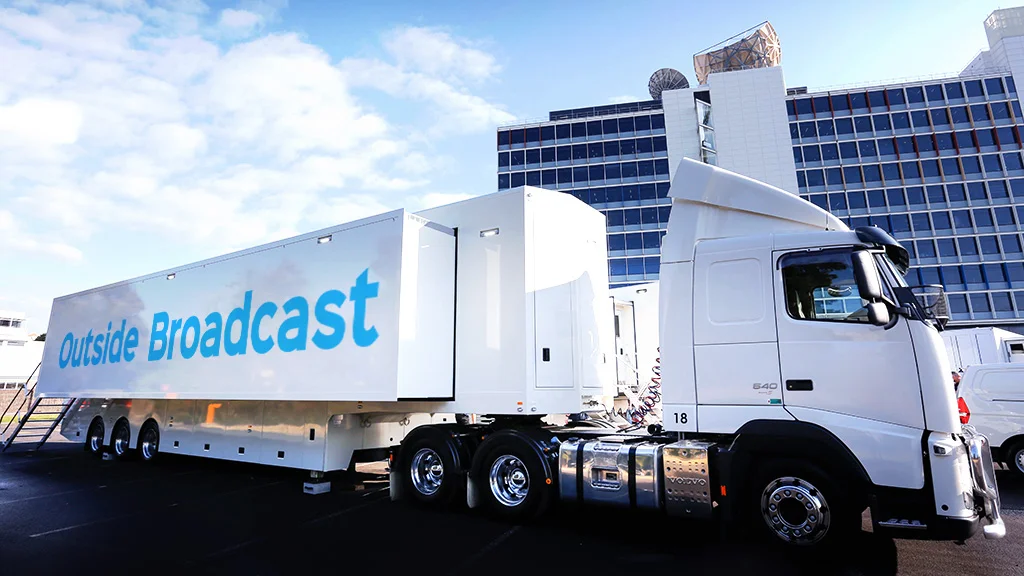
- Article
The Future of Broadcasting : Innovations and Trends
The broadcasting industry is at a pivotal crossroads, influenced by rapid technological advancements and shifting audience expectations. As traditional models face challenges from digital platforms and changing consumption habits, broadcasters must adapt to remain relevant. Innovations in streaming technologies, high-resolution content, and interactive experiences reshape how audiences engage with media. New trends in television broadcasting indicate an evolving landscape in the broadcasting industry.
This evolution is not just about adopting new technologies; it involves rethinking strategies to meet the demands of a dynamic market. From the rise of IP-based infrastructures to advancements in audio processing, the future of broadcasting promises exciting opportunities for creativity and enhanced viewer experiences. Understanding these trends is crucial for industry stakeholders aiming to navigate the complexities of modern broadcasting and capitalize on emerging possibilities.
Shift towards higher resolution formats
As technology advances, the demand for higher-resolution formats in broadcasting trends has surged, fundamentally transforming viewer experiences and production standards. This shift encompasses several key aspects:
Enhanced Visual Quality
The transition from standard definition to Full HD (1080p) and Ultra HD (4K and 8K) significantly improves the clarity and detail of images. This enhanced visual quality captivates audiences, making content more immersive and engaging.
Changing Viewer Expectations
As high-resolution displays become more affordable and widespread, viewers increasingly expect content to match the capabilities of their devices. This shift has led broadcasters to prioritize the production and delivery of high-resolution programming.
Technological Advancements
Advances in camera technology now allow for the capture of content in higher resolutions. This capability enables filmmakers and broadcasters to produce stunning visuals that were once difficult or costly.
Also, Improvements in internet bandwidth and streaming protocols have made it feasible to deliver high-resolution content to viewers seamlessly, increasing its accessibility.
The shift towards higher resolution formats like FHD and UHD represents a significant evolution of broadcast. By embracing these advancements, broadcasters can not only meet rising viewer expectations but also differentiate themselves in a competitive landscape. As technology continues to evolve, staying at the forefront of these broadcasting trends will be essential for future success.
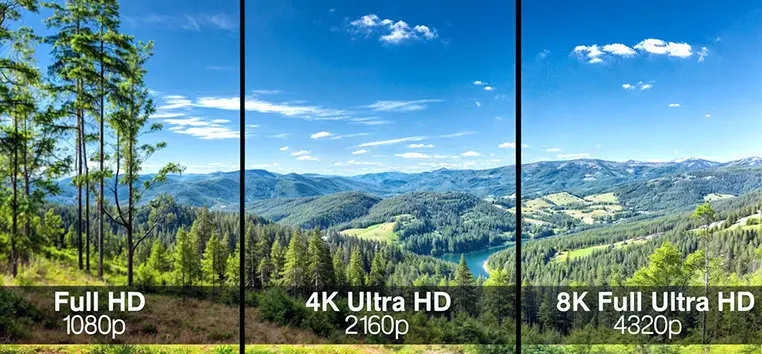
Role of IP-based solutions in modernizing broadcast infrastructures
The transition to IP-based solutions is revolutionizing the broadcasting industry, providing a flexible and efficient framework for elevating broadcast infrastructures. Here are some key roles that IP technology plays in this transformation:
Enhanced Flexibility and Scalability
Modular Design: IP-based systems allow broadcasters to design modular infrastructures that can be easily expanded or modified as needs change, providing a scalable solution for growing operations.
Easier Integration: These systems facilitate the integration of various technologies and platforms, allowing broadcasters to adopt new tools and services without overhauling their entire infrastructure.
Cost Efficiency
Reduced Hardware Costs: By utilizing standard networking equipment, broadcasters can lower capital expenditures compared to traditional broadcast hardware, which often requires specialized components.
Lower Operational Costs: IP solutions often lead to reduced maintenance and operational costs, as they rely on familiar IT practices and infrastructure.
Remote Production Capabilities
Cloud-Based Workflows: IP technology enables cloud-based production and storage solutions, allowing teams to work collaboratively from different locations. This capability is especially valuable in today’s remote work environment.
Live Event Coverage: Broadcasters can efficiently manage live events from remote locations, reducing the need for extensive on-site setups and enabling more agile production processes.
IP-based solutions are playing a crucial role in elevating broadcast infrastructures, offering flexibility, cost efficiency, and enhanced capabilities that align with the demands of today’s media landscape. As broadcasters continue to embrace these technologies, they will not only improve their operational efficiencies but also enhance the viewer experience, ensuring they remain competitive in an ever-evolving industry.
Read also :
Sport Broadcasting Equipment
New technologies for digital and analog audio signal processing, routing, and conversion
The broadcasting industry is witnessing significant advancements in audio signal processing, routing, and conversion technologies. These innovations enhance audio quality and flexibility, making them essential for modern production environments. Here are some key developments:
Digital Signal Processing (DSP)
Modern DSP technologies utilize sophisticated algorithms to improve audio clarity, reduce noise, and enhance overall sound quality. This allows for cleaner and more dynamic audio in broadcasts. In addition, DSP systems can process audio signals in real-time, enabling live adjustments to sound quality and effects during broadcasts, which is crucial for live events.
Improved Routing Solutions
Modern broadcast video router facilitates the routing of multiple audio signals with minimal latency, allowing for seamless transitions and mixing. This technology is vital for complex live production environments.
Analog to Digital Conversion
Innovations in signal conversion methods enable high-quality audio capture from traditional analog sources, preserving the integrity of legacy content.
Networked Audio Solutions
Audio over IP (AoIP): AoIP technologies, such as Dante and AES67, enable audio signals to be transmitted over standard IP networks. This eliminates the need for traditional audio cabling and allows for greater flexibility in audio distribution.
The advancements in digital and analog audio signal processing, routing, and conversion technologies are transforming the broadcasting landscape. By leveraging these innovations, broadcasters can achieve higher audio quality, greater flexibility, and improved operational efficiency.
Preparing for the Future: Upgrading Broadcast Infrastructure
The future of broadcasting is bright, filled with opportunities driven by innovation and technological progress. By embracing new trends and upgrading their infrastructure in the production control room and Communication cycle, broadcasters can enhance viewer experiences, improve operational efficiency, and remain competitive in a rapidly changing industry.
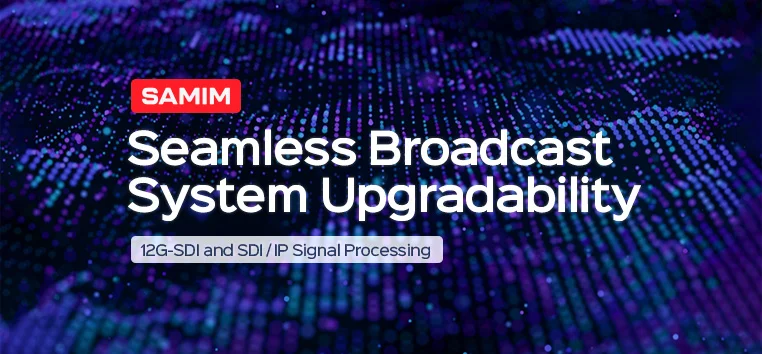
Samim’s Solutions for Seamless Broadcast Upgradability
In the competitive world of broadcasting, Samim Group offers cutting-edge solutions designed for seamless upgradability in modern production environments. Our 12G-SDI-ready and SDI/IP integrated modules are engineered to provide a comprehensive and efficient workflow for 24×7 live productions in Full HD (FHD) and beyond. Here’s how Samim’s solutions can transform your broadcasting capabilities:
12G-SDI-Ready Modules
Our 12G-SDI-ready modules support the transmission of uncompressed 4K video over a single cable, ensuring exceptional image quality and reliability.
SDI/IP Integrated Modules
Hybrid Workflow Flexibility: Samim’s integrated modules allow for operation between SDI and IP systems, enabling broadcasters to leverage their current SDI infrastructure while transitioning to more adaptable IP-based solutions. Samim 12G over IP solutions refer to the transmission of high-bandwidth video signals using an internet protocol (IP) network. This technology allows for the distribution of 12G-SDI (Serial Digital Interface) video, which supports ultra-high-definition resolutions and high frame rates, over standard IP networks. It is commonly used in broadcast and professional video production applications to simplify infrastructure and enable greater flexibility in processing, routing and distributing video signals.
Interoperability: Our modules ensure compatibility with various devices and systems, facilitating smooth content exchange and management across different platforms.
24/7 Live Production Support
Robust Infrastructure: Designed for continuous operation, our solutions support the demands of live broadcasting, ensuring that your production remains uninterrupted around the clock.
Real-Time Monitoring: Advanced user interfaces integrated with our modules provide real-time insights into production processes, allowing for quick troubleshooting and maintenance.
Easier Production Workflows
Efficient Routing and Switching: With Samim’s technologies, routing and switching of video signals are simplified, enhancing the efficiency of live event productions where timing is critical.
Remote Management Capabilities: Samim IP broadcasting solutions allow for remote control and management of production processes, providing flexibility and reducing the need for on-site personnel.
Superior Audio and Video Processing
Embedded Audio Support: Our 12G-SDI modules support embedded audio, ensuring high-quality sound accompanies high-resolution video without additional cabling requirements.
Real-Time Processing Features: Built-in processing capabilities allow for adjustments to video quality, color correction, and audio mixing directly within the production workflow, enhancing overall output quality.
Cost-Effective Upgrade Path
Modular Design: Samim’s solutions are designed for gradual upgrades, allowing broadcasters to enhance their capabilities without significant capital expenditure.
Minimized Downtime: Our seamless integration reduces the disruptions typically associated with infrastructure upgrades, ensuring that production schedules are maintained.
Samim’s solutions provide broadcasters with the tools they need to thrive in an evolving industry. Our 12G-SDI-ready and SDI/IP-integrated modules empower teams to deliver high-quality content efficiently and reliably. By investing in these advanced technologies, broadcasters can enhance their production capabilities, meet viewer demands, and position themselves for future success.


